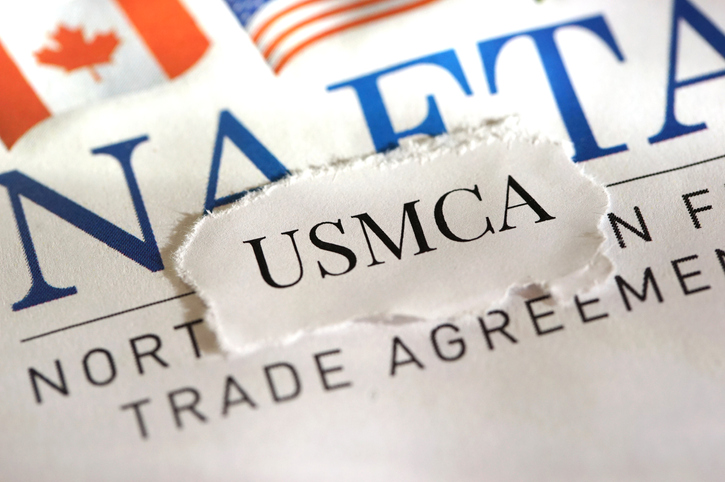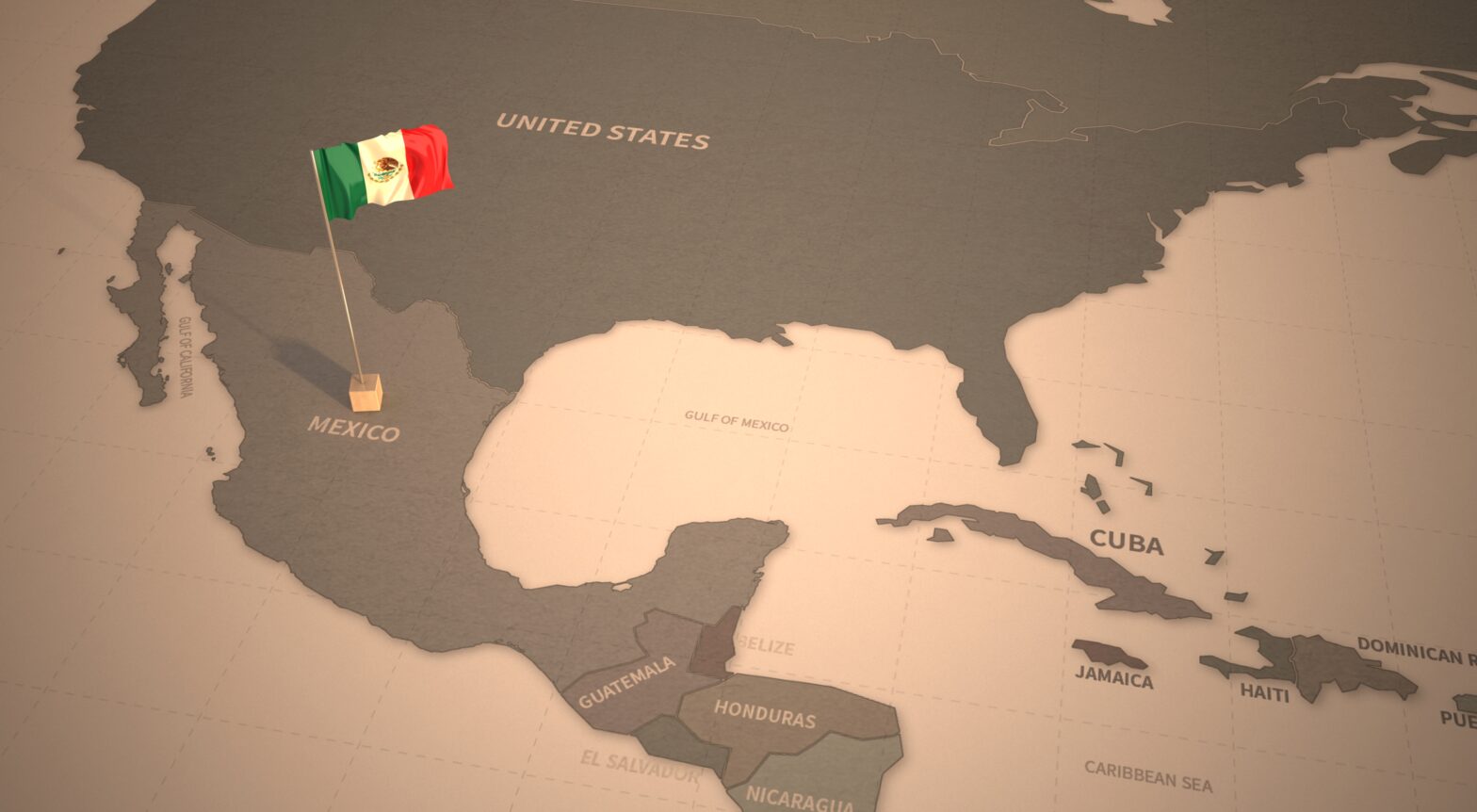The Strategic Advantage of a Mexican Footprint: Fast-Tracking U.S. Market Access with Tariff Relief
In today’s rapidly changing global economy, companies need every possible advantage to remain competitive. Ongoing trade tensions with China and wide-sweeping tariffs have pushed many organizations to rethink their global strategies. Increasingly, Mexico is emerging as a strategic base of operations.
Whether through manufacturing, ecommerce, or order fulfillment, establishing a footprint in Mexico provides a powerful combination of speed, cost efficiency, and trade advantages—especially for companies targeting the U.S. market.
Before preparing this article, I spoke with leaders at Krieger Worldwide, a global freight forwarder and customs brokerage firm headquartered in Los Angeles. The QualiFind Group has supported Krieger Worldwide with talent solutions for over 20 years, and their insights illustrate the clear advantages of a Mexican footprint.
1) Proximity to the U.S. Enables Faster Time-to-Market

Photo young account managers crew working with new startup project. Notebook on wood table. Double exposure photo of Containers loading by crane at Sunset.
With a shared border and robust infrastructure—highways, railways, and ports—Mexico enables shipments to the U.S. in days rather than weeks. For industries such as automotive, aerospace, consumer goods, and electronics, shorter lead times allow companies to:
- Respond quickly to market demand
- Manage inventory more effectively
- Improve customer satisfaction and shelf availability
“We see in real time the advantage of our manufacturing clients in Mexico delivering finished goods across the U.S.–Mexico border without the service interruptions that overseas manufacturers face. Producing in Mexico allows a quick response to changing styles, colors, and trends—time is of the essence when preserving shelf space.”
— Scott Attwood, Vice President of Operations, Krieger Worldwide
2) Tariff Relief Through the USMCA Agreement
 Mexico’s participation in the United States–Mexico–Canada Agreement (USMCA) offers significant trade advantages. Many goods manufactured in Mexico qualify for reduced or zero tariffs when rules of origin are met. Beyond duties, importers often benefit from lower financial exposure tied to U.S. Customs bonds.
Mexico’s participation in the United States–Mexico–Canada Agreement (USMCA) offers significant trade advantages. Many goods manufactured in Mexico qualify for reduced or zero tariffs when rules of origin are met. Beyond duties, importers often benefit from lower financial exposure tied to U.S. Customs bonds.
“Importing from Mexico under USMCA provisions often means not only preferential duty treatment, but also reduced bond utilization compared to sourcing from high-tariff countries. Over time, this creates meaningful savings in tariffs, bond costs, and overall cash flow management.”
— Gerri Williams, Trade Advisory Manager, Krieger Worldwide
For companies importing at scale, these “hidden” efficiencies compound, strengthening the business case for nearshoring.
3) Robust Manufacturing Ecosystem & Skilled Labor
 Mexico has built a strong manufacturing ecosystem supported by skilled labor, modern facilities, and established industrial hubs. Sectors such as aerospace, automotive, medical devices, electronics, and textiles benefit from decades of investment. Companies can leverage existing supply chains and vendor networks to reduce setup costs and operational risk while maintaining quality standards.
Mexico has built a strong manufacturing ecosystem supported by skilled labor, modern facilities, and established industrial hubs. Sectors such as aerospace, automotive, medical devices, electronics, and textiles benefit from decades of investment. Companies can leverage existing supply chains and vendor networks to reduce setup costs and operational risk while maintaining quality standards.
4) Cost Competitiveness & Operational Flexibility
Mexico provides an attractive balance of affordability and performance. Labor costs are lower than in the U.S., while productivity levels remain competitive. Additional advantages include reduced transportation costs, shorter transit times, and lower inventory carrying costs via just-in-time capabilities.
“Producing some products in Mexico allows manufacturers to maintain a broader price range and adapt sourcing strategies dynamically. In many cases, bonded movement across the U.S.–Mexico border preserves cash flow and ensures uninterrupted access to critical materials.”
— Robert Krieger, CEO, Krieger Worldwide
This flexibility is essential amid ongoing supply chain disruptions and shifting demand.
5) Regulatory & Infrastructure Support
 Mexico continues to strengthen its position as a nearshore hub by investing in infrastructure upgrades, industrial parks, and business-friendly regulations. Free trade zones, tax incentives, and simplified customs procedures further enhance Mexico’s attractiveness as a manufacturing and distribution base for the U.S. market.
Mexico continues to strengthen its position as a nearshore hub by investing in infrastructure upgrades, industrial parks, and business-friendly regulations. Free trade zones, tax incentives, and simplified customs procedures further enhance Mexico’s attractiveness as a manufacturing and distribution base for the U.S. market.
Conclusion
For companies seeking to accelerate go-to-market strategies, reduce costs, and mitigate trade risks, Mexico is more than a tactical choice—it’s a strategic imperative. Its proximity to the U.S., tariff relief through USMCA, skilled workforce, cost efficiencies, and regulatory support position it as a vital gateway to the North American market. Businesses that embrace a Mexican footprint gain not only logistical advantages but also a durable competitive edge.
About the Author
 Carlos Acosta is Senior Managing Partner and Practice Leader at The QualiFind Group. Based in San Diego, he has led recruitment projects across the U.S., almost every state in Mexico, and Latin America—specializing in building leadership teams for multinational organizations.
Carlos Acosta is Senior Managing Partner and Practice Leader at The QualiFind Group. Based in San Diego, he has led recruitment projects across the U.S., almost every state in Mexico, and Latin America—specializing in building leadership teams for multinational organizations.
With dual U.S. and Mexican citizenship and over 20 years of experience, Carlos brings a bicultural perspective to delivering top talent for companies expanding in North America.
Contact Carlos:
📞 619.240.2638
✉️ cacosta@qualifindgroup.com


